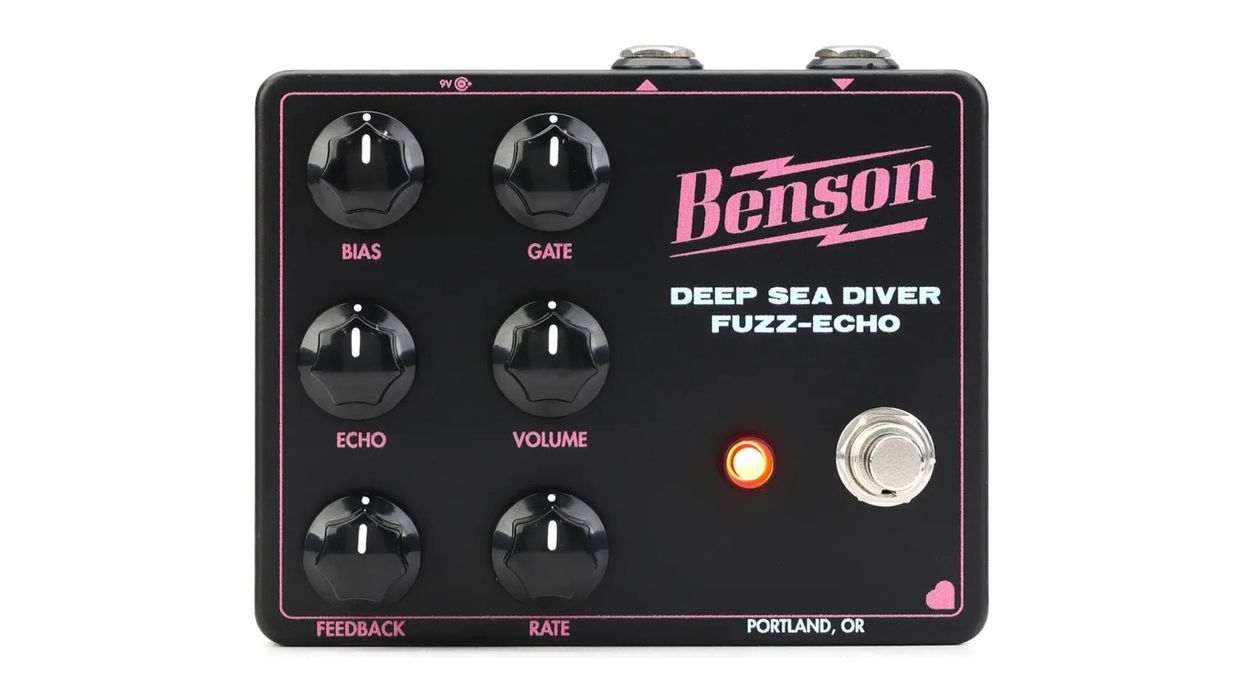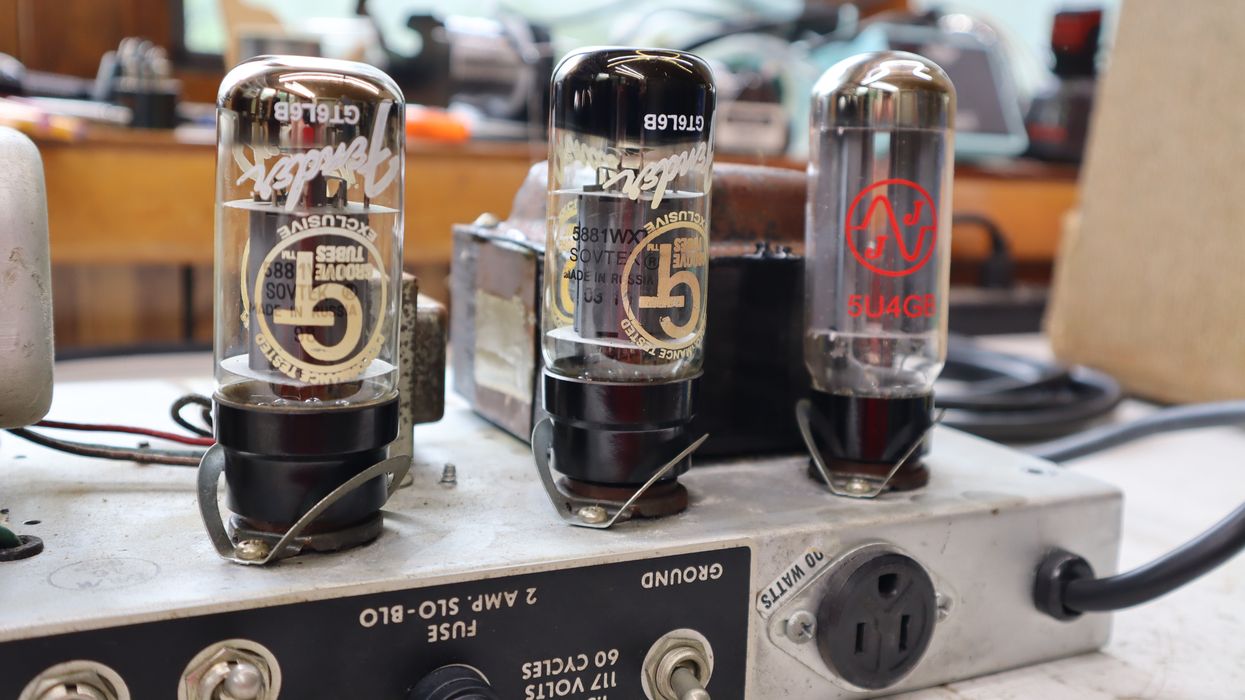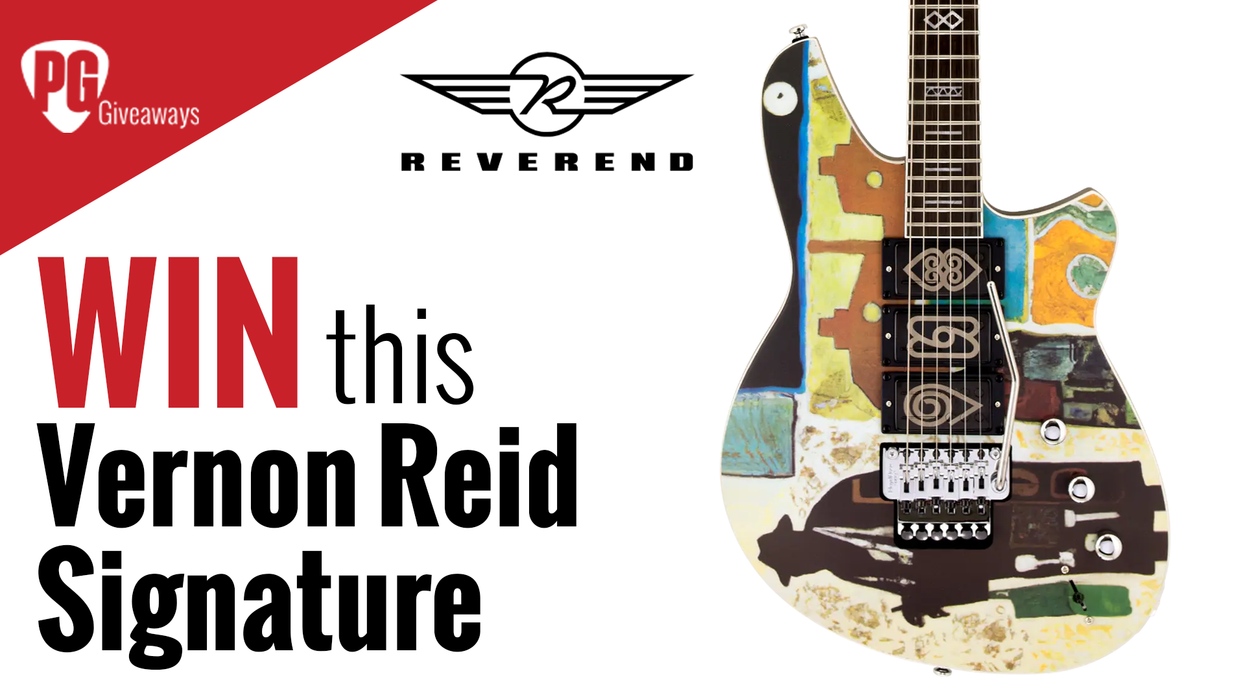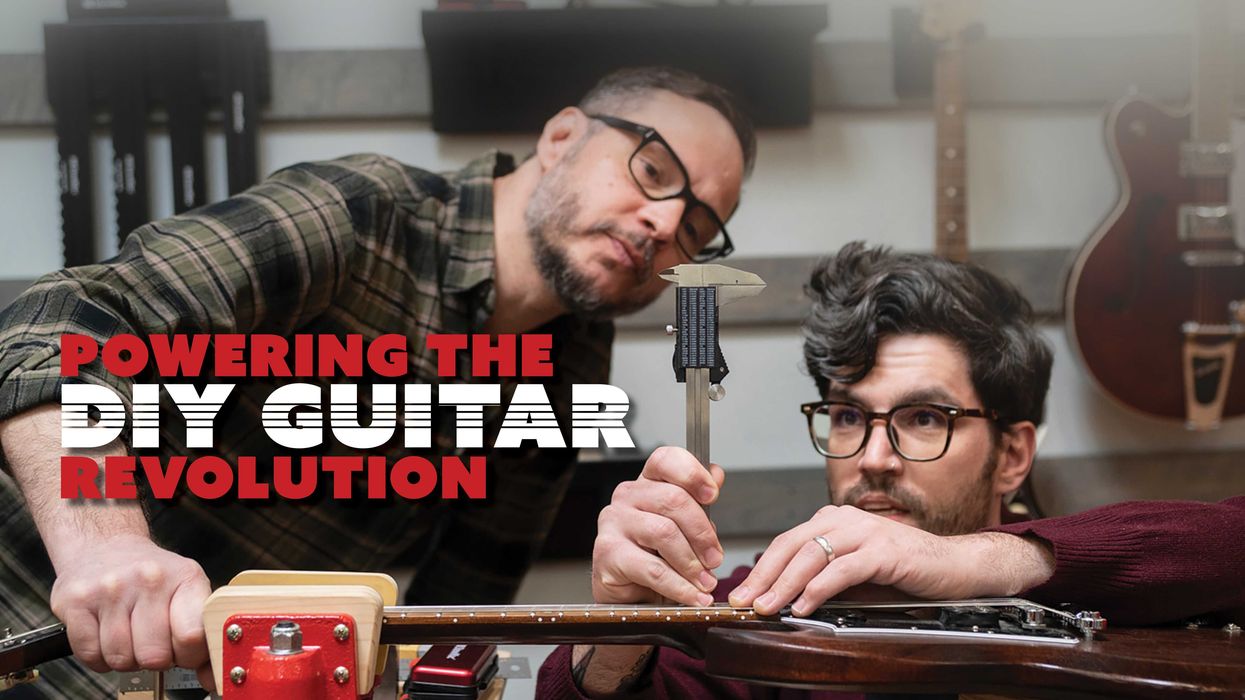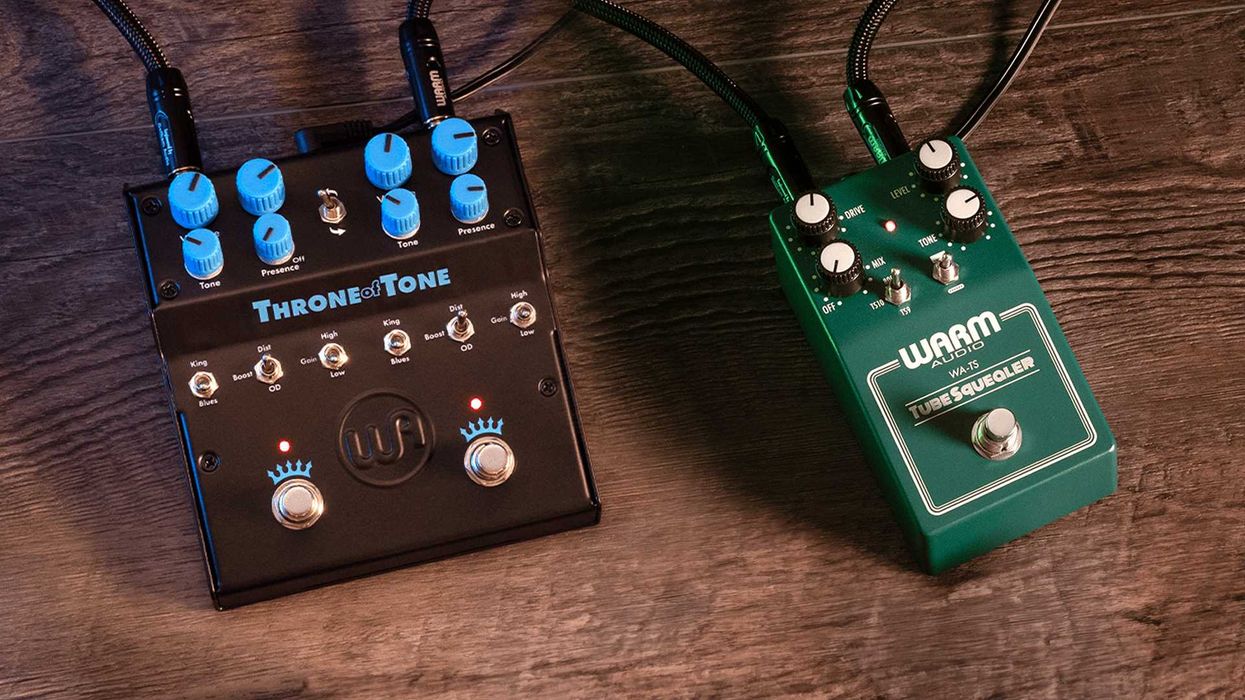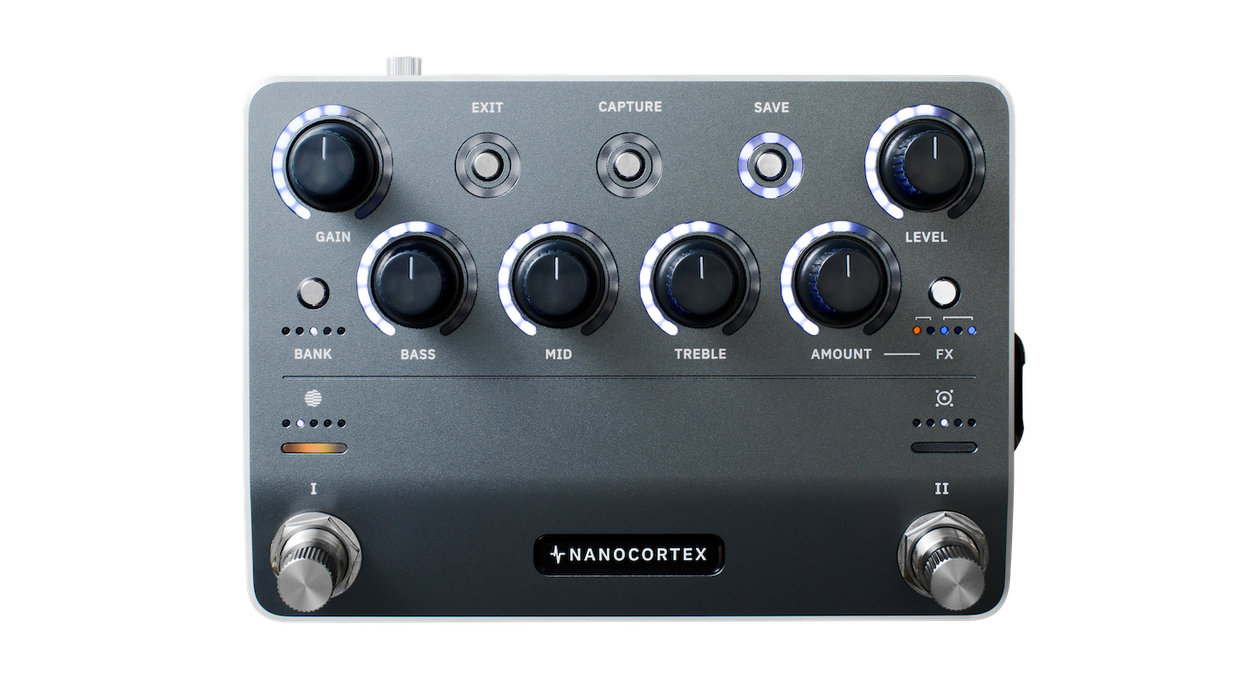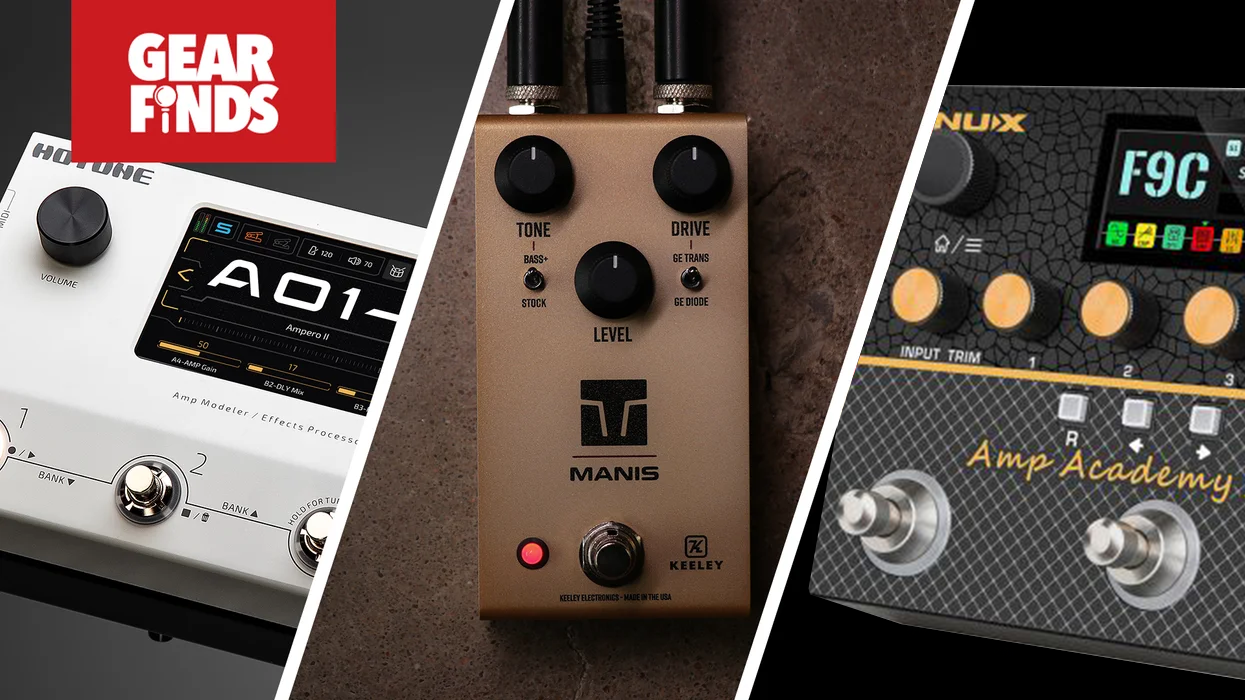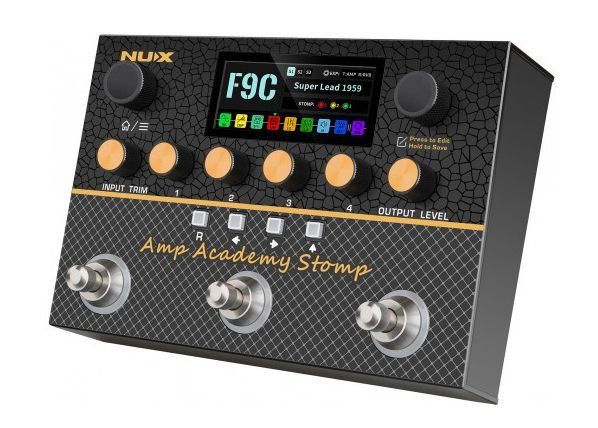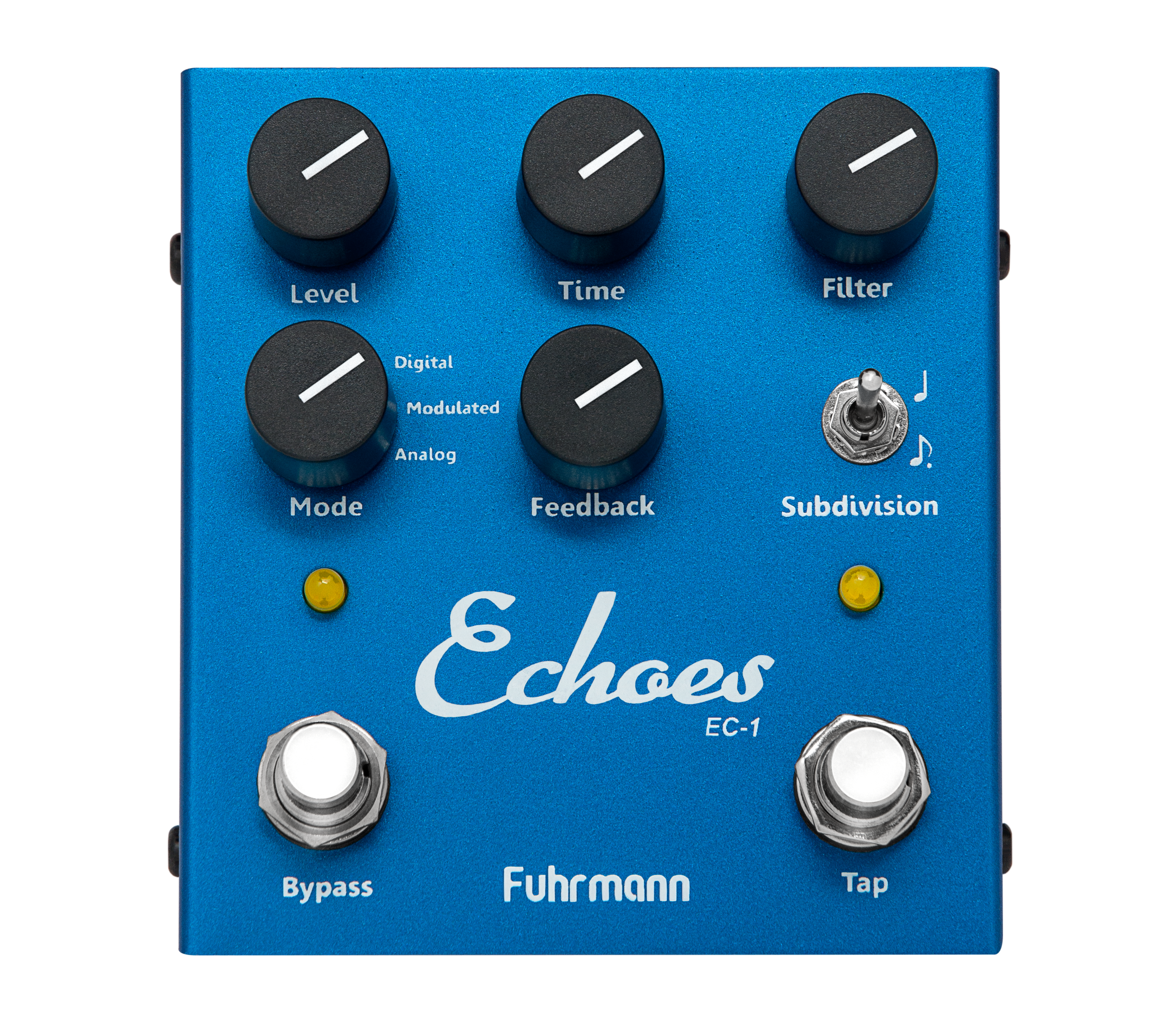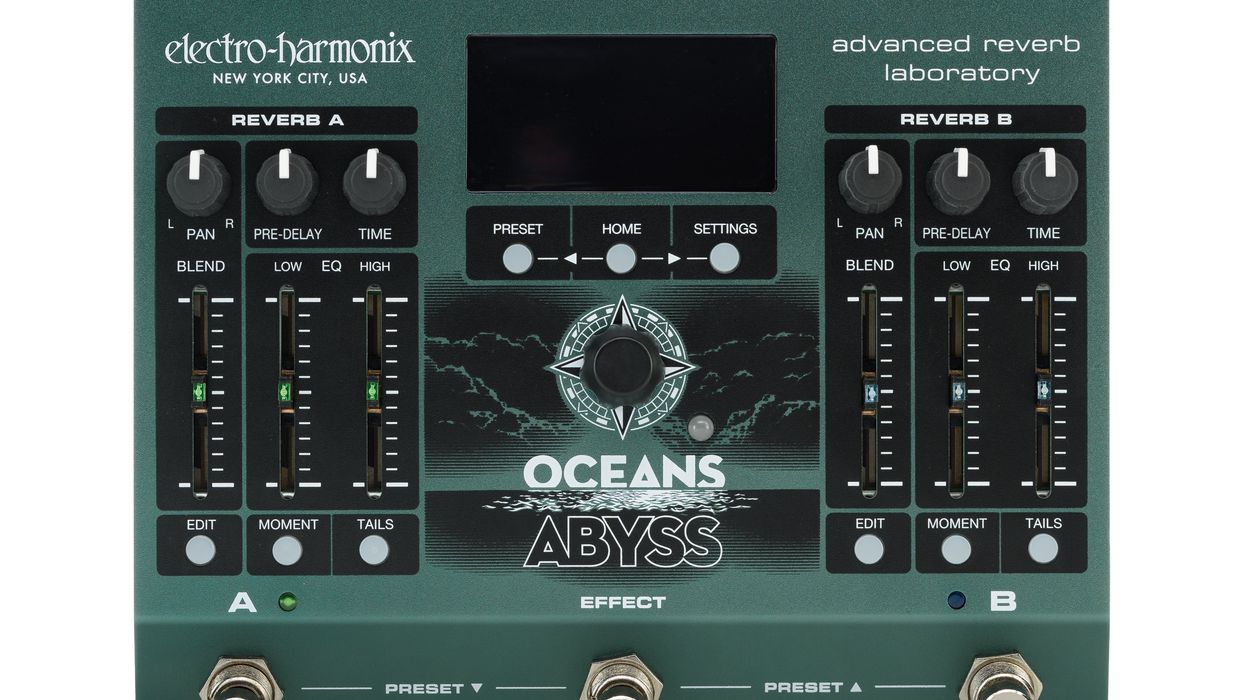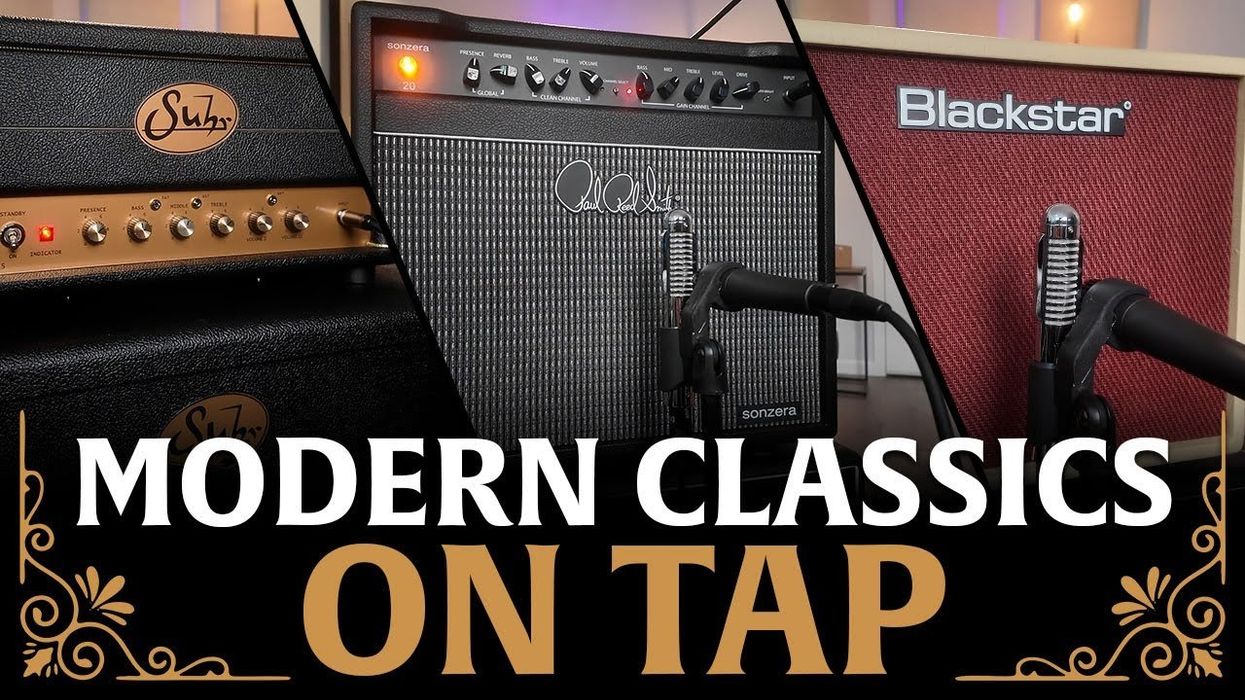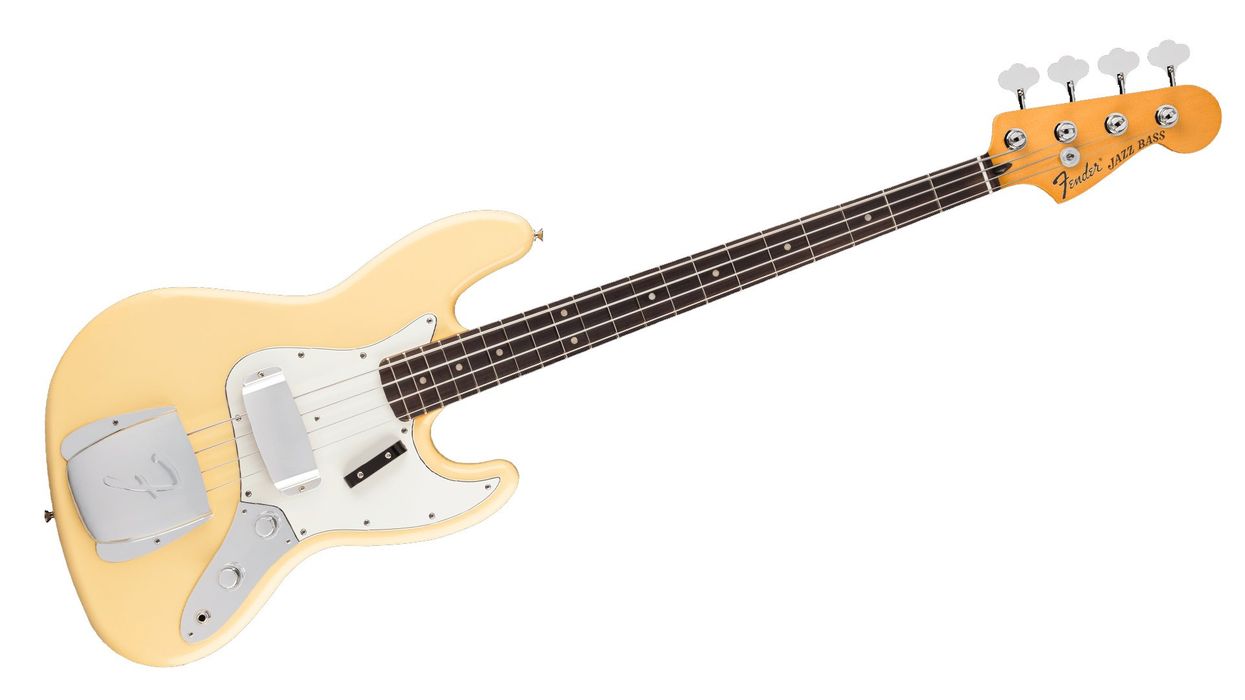“Never half-ass two things. Whole-ass one thing.”
That’s the sage advice Nick Offerman’s Ron Swanson gives to Amy Poehler’s Leslie Knope in an episode of Parks and Recreation. It could also be the mantra behind CopperSound Pedals’ simple but excellent Strategy V2, an updated, 2-channel version of their flashy Strategy preamp pedal. This revamped Strategy comes with an overdrive mode that can be selected via a switch on the side of the housing. CopperSound also added a momentary latching feature by way of a proprietary new relay-based switching system.
CopperSound says the Strategy is based around one “audiophile-grade” op amp—manufactured by the now-defunct Burr-Brown Corporation—and that the pedal can add up to 30 dB to your signal. Those extra decibels can boost your signal in subtle ways or hit your amp’s front-end to drive it to colorful breakup.
Easy on the Eyes
The first and most immediate impression the Strategy V2 makes is with its enclosure, which mimics the look of a Stratocaster’s tone pots, pickguard, and input jack. It’s eye-catching, but it’s also a super-simple, 2-knob setup. One knob controls volume in preamp mode or drive in overdrive mode. The other is a tone control, which is one of the pedal’s most impressive features. At all points of its sweep, it produces tones that are usable and appealing. At one end, it darkens and thickens your signal without losing much picking definition. Cranked in the other direction, it helps the Strategy function as a pretty scorching treble booster. There are plenty of great tones in between those extremes too.
The unique enclosure design does come at a cost. The decision to replicate the Strat’s angled input jack makes it surprisingly annoying to situate the unit on a pedalboard. The patch cable to the input juts out awkwardly, and the jack is close enough to the bypass switch that I worried I would step on the patch cable while activating the pedal. Obviously, there are cables out there that are more conducive to routing the Strategy than the right-angle connector I used. But that added consideration is a significant trade-off for an interesting look. On the upside, the useful momentary latching feature can create cool moments of drama and tone variation depending on how hot and trebly you set the Strategy.Punch it, Chewie!
The decision to add a second channel to the Strategy can be a bit confusing, given how similar the two modes sound. Through my Dr. Z combo, it was challenging to discern significant differences between the overdrive and preamp modes in any position. This isn’t a big deal, though, because both modes, similar as they are, sound delightful. The Strategy’s overdrive is chewy, thick, and clear, and when the volume/gain control is on 10—my preferred setting—it rips and lends thunder to first position and power chords alike while preserving definition. Neck-position humbuckers require that you pay more attention to the tone control to keep things clear. That is, unless dark overdrive tones are your thing. If so, the Strategy does that well, too, though you lose some of that crisp response.
The Strategy V2 is vintage-sounding in the sense that it really seems to favor and encourage the sound of a guitar run right into a loud-as-hell tube amp running at breakup levels. This is evident in its overall tonal character. In most configurations, the circuit’s drive and presence are booming and broad, with a more fully formed bottom end than your average drive or preamp pedal. It’s the perfect tone machine for rock, blues, and country, and stacked with other units, it can bring unique color and depth to heavier riffs.
The Verdict
Given the body and character it can bring to a rig, the Strategy V2 lives up to CopperSound’s claim that it makes a great always-on pedal. Given its simplicity, I’m not sure if the pedal lives up to its hefty price tag of $279, but I also don’t remember the last time I heard a pedal with this much bottom-end and clarity, if ever. If that’s your thing, the Strategy will earn its keep.





